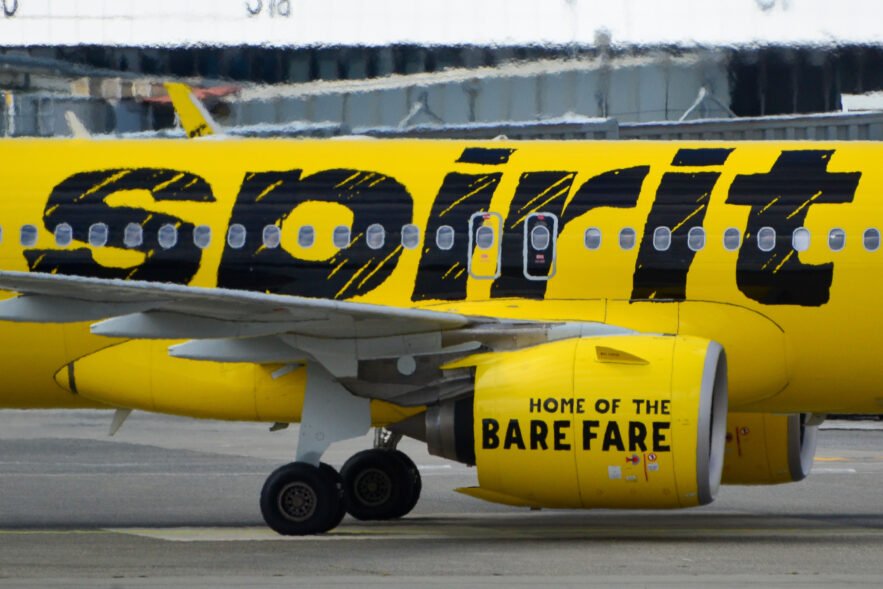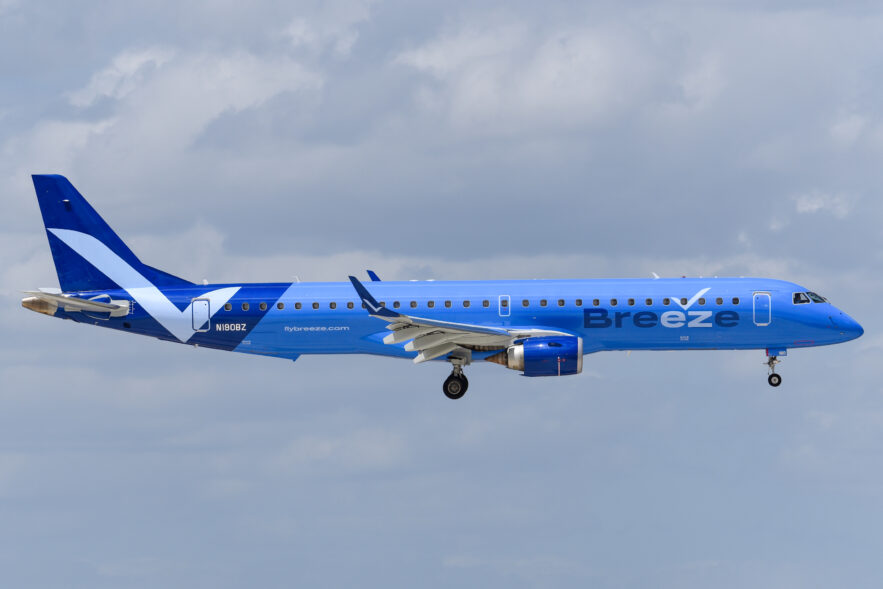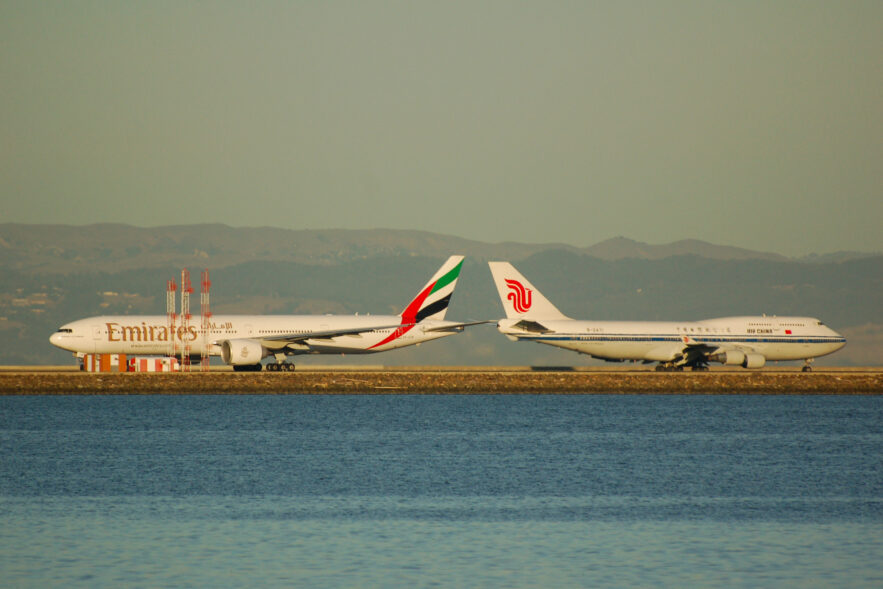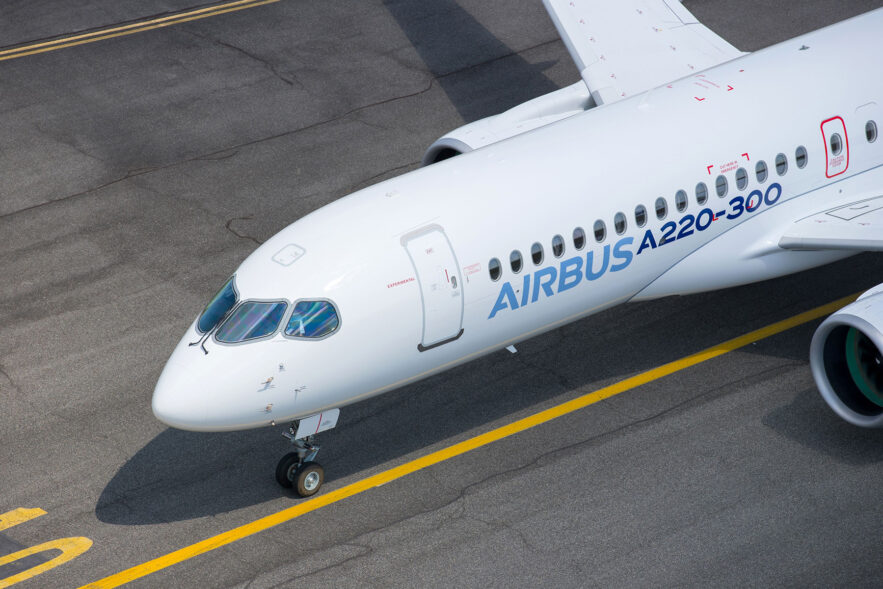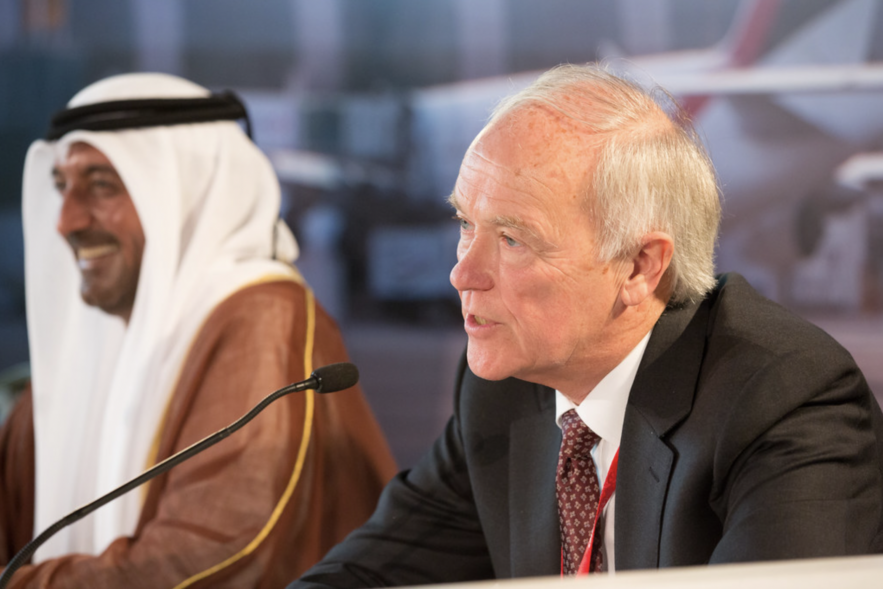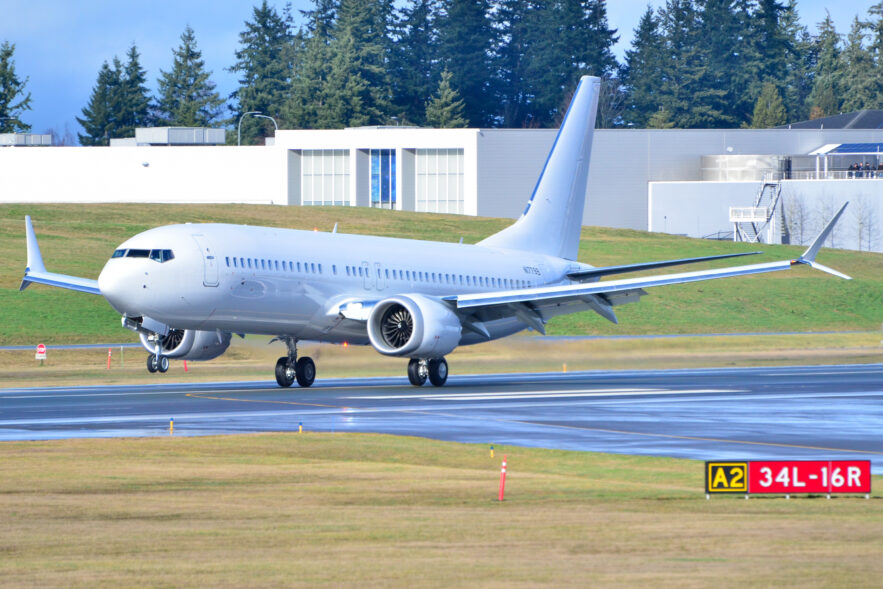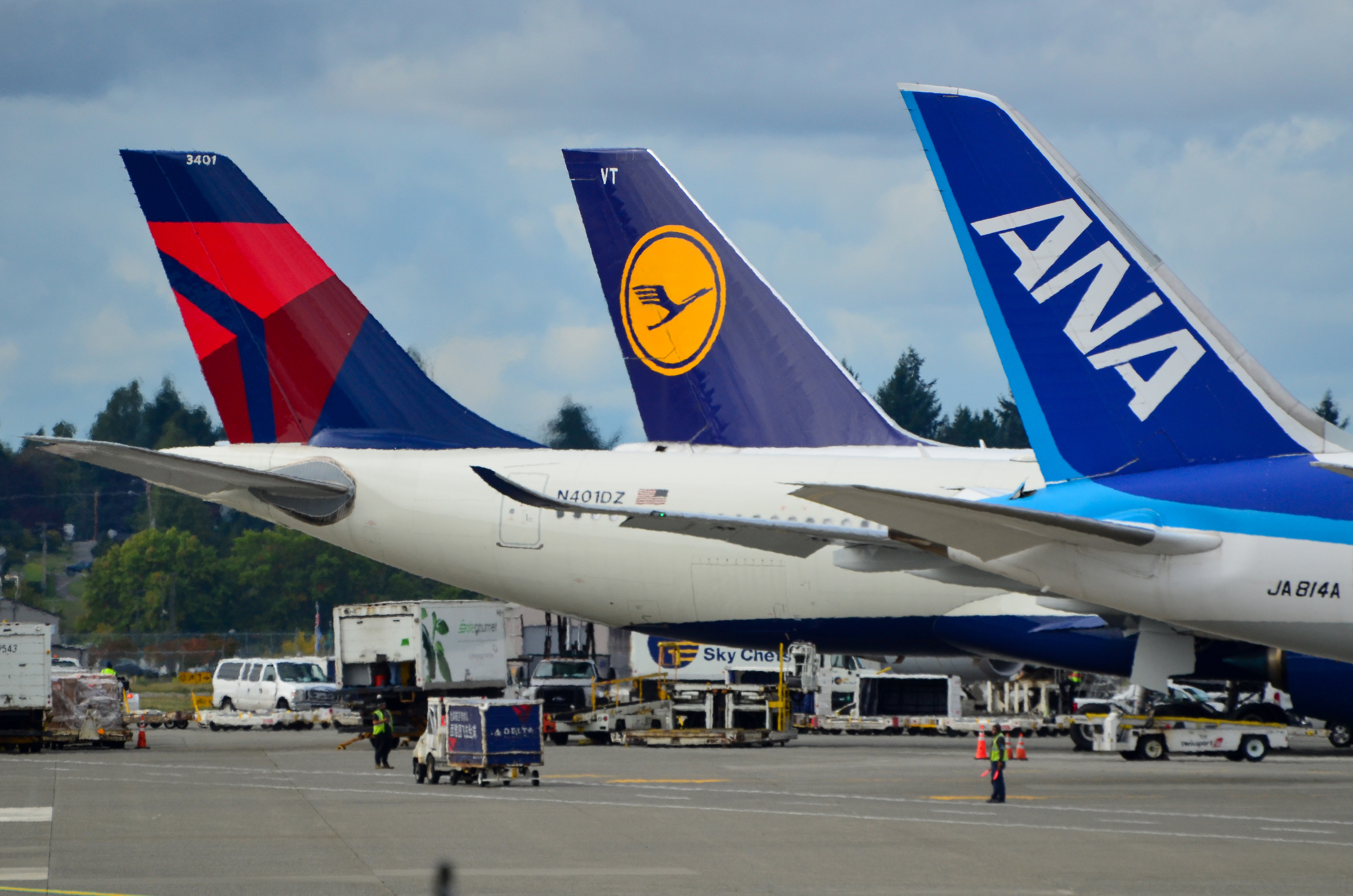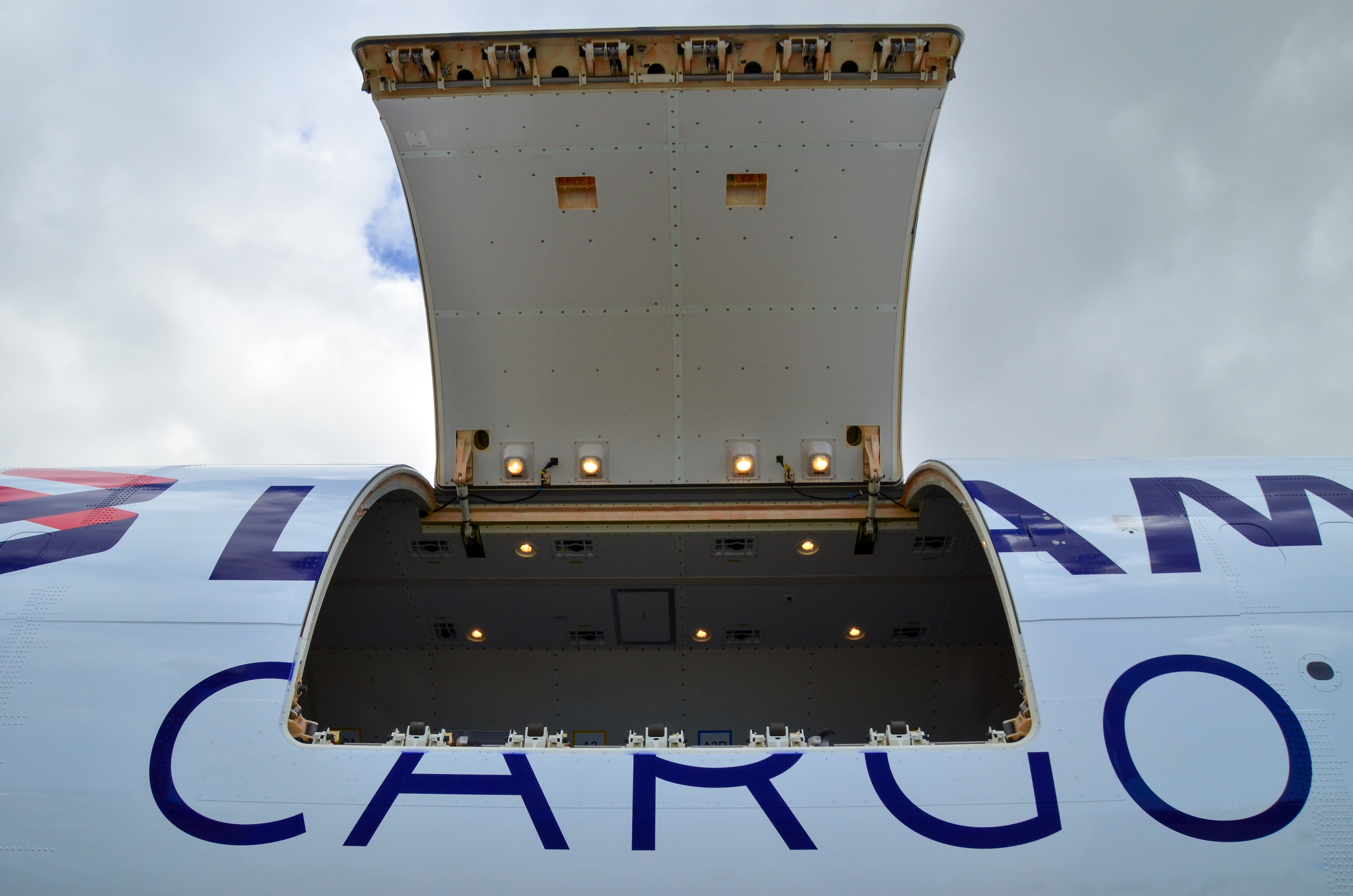There are three steps to an airline industry recovery. First, airlines have to return capacity to the sky. Second, passengers need to fill those airplanes. Lastly, the fares those passengers pay must be economically sustainable. The industry has not yet reached the first step.
Breeze Airways is on the verge of reality. The nascent airline is readying its route structure and going through its proving runs with the Federal Aviation Administration. The plan to find a new U.S. home for Azul’s sunsetting E190s predates COVID-19, but David Neeleman finds himself with inexpensive aircraft and a shifting lessor business model made for crisis.
The factors that will define the air travel recovery in 2021.
Log-in here if you’re already a subscriber Release DateMay 7, 2020The case against the Airbus A220 and Embraer E2Purchase a...
Log-in here if you’re already a subscriber Release DateSeptember 15, 2020Six months into the pandemic, it’s even worse for airlines...
Globalization, technology and crippling debt will shape the future of flying after COVID-19, says longtime Emirates airline president Sir Tim Clark.
Log-in here if you’re already a subscriber Release DateMarch 3, 2020Once scarce, coronavirus creates a glut of unneeded airlinersPurchase a...
For the first time in over three months, the Transportation Security Administration screened over 600,000 passengers. Yet, as optimistic as the almost seven-fold increase in traffic from its lows may be, it still requires context that overall numbers remain down more than 77% from the same point in 2019 and now facing a surge in new U.S. COVID-19 cases.
In this latest TAC Analysis, we bring the air travel recovery into context with increasingly cloudy economic horizons. Despite calls to pick a side between aviation growth or a global recession, we find evidence that both can be true – an apparent contradiction worthy of the wild times in which we find ourselves today.
Airlines eagerly await a world where they only have to worry about the economy.
Mandated COVID-19 testing for U.S. domestic travel would cost airlines billions, set recovery back to June levels.
Log-in here if you’re already a subscriber Release DateAugust 17, 2022Signs of a cooling air freight market after record heatPurchase...
